When you look up at the sky at night, it’s fantastic to see Orion’s Belt shining bright. It’s like a particular part of the big group of stars called Orion, the Hunter.
These three super shiny stars have fascinated people for a long time. They’ve been in stories from way back when to the excellent stuff scientists are finding out now. Orion’s Belt is a magical symbol of celestial wonder that never gets old. So, let’s take a journey together and explore the secrets and magic of these three stars.
Unraveling the Mysteries of Orion’s Belt
Let’s begin by understanding where Orion’s Belt fits in. It’s part of the constellation of Orion, which looks like a big picture made of stars. Orion is best seen during the winter months in the northern hemisphere. When you look up, you’ll see a shape that looks like a strong hunter, with broad shoulders and a club held high. That’s Orion, and his Belt is one of the main things you notice.
So why is Orion’s Belt so famous?
Well, for one thing, it’s not just a random group of stars. You can see it easily without special tools, even in places where city lights make other stars hard to see. That’s why it’s been used for centuries to help sailors, astronomers, and dreamers find their way.
But there’s more to Orion’s Belt than just being easy to see. It’s also a part of human stories and legends that go back thousands of years. Ancient cultures, like the Egyptians and Greeks, told tales about Orion and his adventures. The Egyptians thought Orion was connected to Osiris, the god of the afterlife. The Greeks saw him as a great hunter, always chasing his prey across the sky.
These stories are more than just fun and tell us about how people have understood the stars over time. They show us how much we’ve always felt a connection to the universe and how our imaginations have soared among the stars.
But Orion’s Belt isn’t just a thing of the past. Scientists today study these three stars to learn about how stars are born, how they change, and what happens to them as they get older. All this information helps us understand where we fit in the universe and the universe itself.
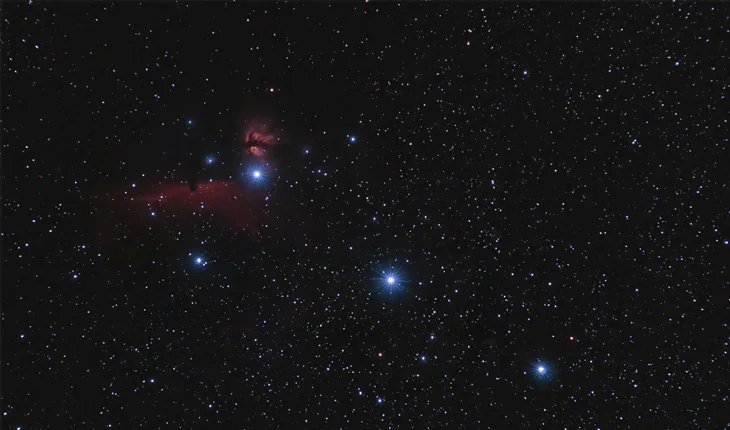
Orion Constellation
Before diving into Orion’s Belt’s details, let’s understand where it lives. This famous constellation lights up the winter sky in the northern part of the world. It looks like a strong hunter with an oversized shape made of stars. With his wide shoulders and a club held high, Orion’s unique figure has inspired stories and beliefs in many cultures.
One of Orion’s cool features is its bright stars, Betelgeuse and Rigel, which mark his shoulders. There’s also the impressive Orion Nebula, where new stars are born, surrounded by cosmic dust. Orion sits right along the celestial equator, making it essential in astronomy and navigation. It’s like a guide for people who love looking at the stars and for astronomers who study them.
Related Contents:
How many black holes are there in the Milky Way?
Orion’s belt stars
At the center of Orion, you’ll find its most famous feature: Orion’s Belt. This trio of bright stars forms a straight line that you can see easily, even when the sky is full of city lights. Alnitak, Alnilam, and Mintaka are massive stars and shine brightly from different distances.
Alnitak, the star on the eastern end of the Belt, shines with a blue tint and is like a critical part of Orion’s shape. It’s not just one star but a system of two stars orbiting each other, plus another companion star. Alnilam, the star in the middle, glows with a dazzling white light and is one of the brightest stars you can see at night. It’s a supergiant star that lights up the space around it with incredible energy. On the western end, Mintaka completes the trio with its fainter but still captivating presence.
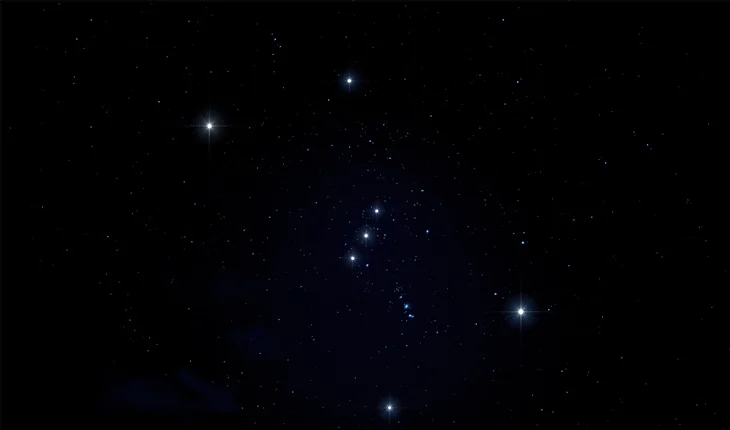
Orion’s belt mythology and meaning
Mythology and Meaning Orion’s Belt isn’t just about stars; it’s woven into the stories and beliefs of many cultures. In ancient Egypt, Mesopotamia, and Greece, Orion symbolized strength and adventure.
For the Egyptians, Orion was connected to Osiris, the god of life after death. They thought his rising in the eastern sky was a sign of Osiris’s rebirth.
In Greek stories, Orion was a famous hunter known for his bravery. According to legend, he met his end in a battle with a scorpion sent by the goddess Artemis. Up in the sky, Orion and Scorpius are locked in a never-ending fight, a story told by the stars.
Orion’s Belt Today Even today, Orion’s Belt keeps astronomers and stargazers fascinated. Scientists learn about how stars are born and how they change over time by studying these stars. Recent research has uncovered details about Alnitak, Alnilam, and Mintaka, revealing their secrets through careful analysis.
And for astronomers, Orion’s Belt is like a signpost in the sky. Its position and shape help them find other constellations, star clusters, and galaxies as they explore the vast universe above us.

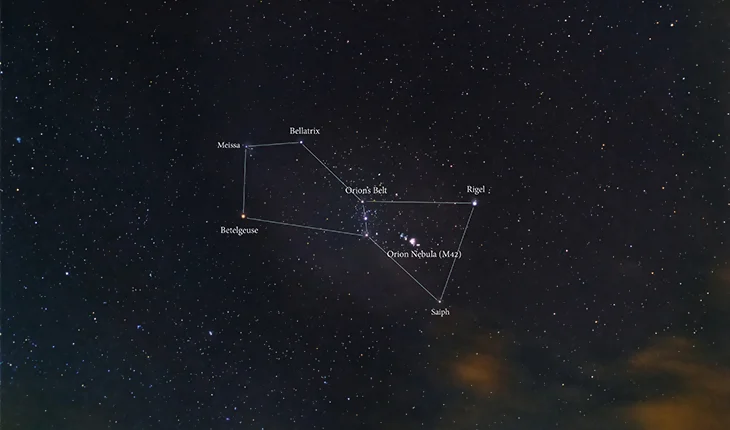
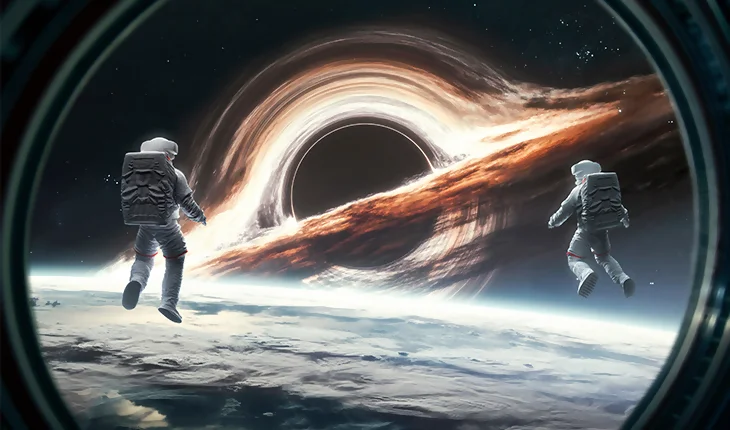
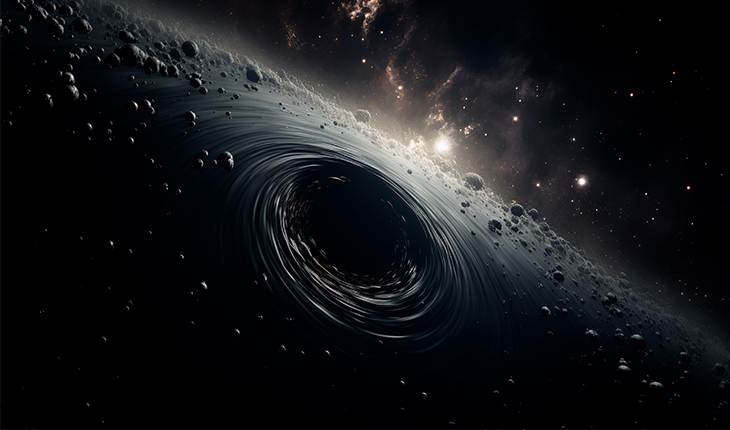
Hello, I think your website might be having browser compatibility issues.
When I look at your blog site in Ie, it looks fine but
wnen opening inn Intertnet Explorer, it has some overlapping.